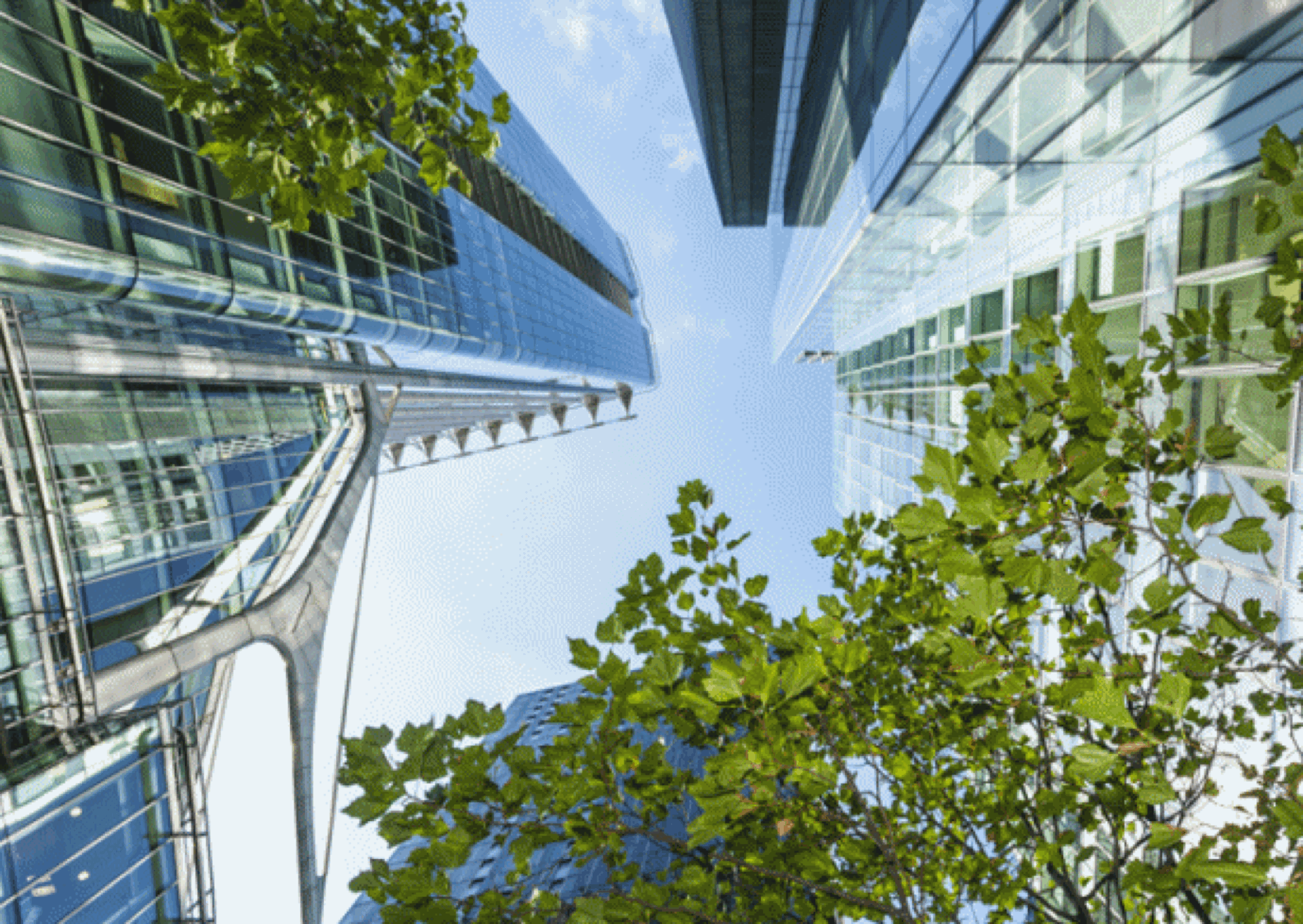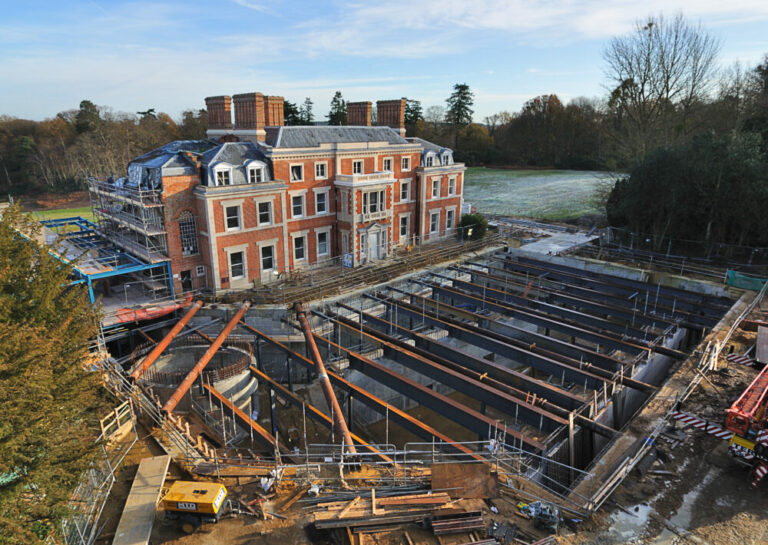
“When we build with conventional mineral-based structural materials, there is a spike of carbon emissions and other impacts that happen right at the beginning of the building life cycle. “We’re seeing surprisingly rapid market adoption of mass timber and it feels as if it’s accelerating,” says Organschi, who also directs Bauhaus Earth in Berlin.īuilding regulations are adapting to allow mid- and high-rise buildings made from mass timber, and mass timber products are financially competitive with steel or reinforced concrete assemblies, which are carbon emitters, he notes. He has been working on several projects across the globe that utilize mass timber, including construction projects in Bhutan, Africa, and Berlin. The firm runs Timber City, a multiyear research project that explores the environmental efficacy of mass timber construction technologies.

Organschi directs the Regenerative Building Lab at the Yale School of Architecture and is principal and partner at Gray Organschi Architecture in New Haven. It can transform urban areas from sources of CO 2 emitters to carbon sinks.

Alan Organschi ’88 MArch - a key adviser to TFD who attended the dialogue in Finland and co-taught the Yale Forest Forum’s speaker series on mass timber - says it is a key climate restoration tool. In September, The Forests Dialogue (TFD) convened in Finland, which is one of the nations leading the world in mass timber production, to bring stakeholders together on its potential and use. Left to right: TFD Executive Director Gary Dunning, TFD adviser Alan Organschi, and Michael Budig, director of REAL Renewable Architecture Lab and assistant professor of architecture and sustainable design at Singapore University. Participants tour a section of the UPM’s site that has been redesignated as a conservation forest to protect endangered species.

Climate positive forest products, specifically mass timber, can play an important role in constructing carbon-storing buildings and reducing fossil fuel emissions. A recent study published in Environmental Science and Technology, estimating the carbon emissions of building additional infrastructure to house a population of 9.3 billion people in 2050, found that using common building materials, like concrete and steel, would emit so much additional CO 2 into the atmosphere that it would likely compromise our ability to keep warming below 2 degrees Celsius. With global demand for more energy-efficient housing and infrastructure increasing dramatically - the world is adding a new city of 1 million every 10 days - sustainable construction will be key to mitigating climate change.


 0 kommentar(er)
0 kommentar(er)
